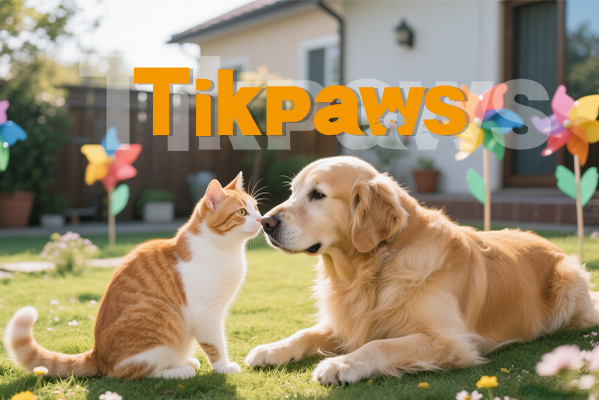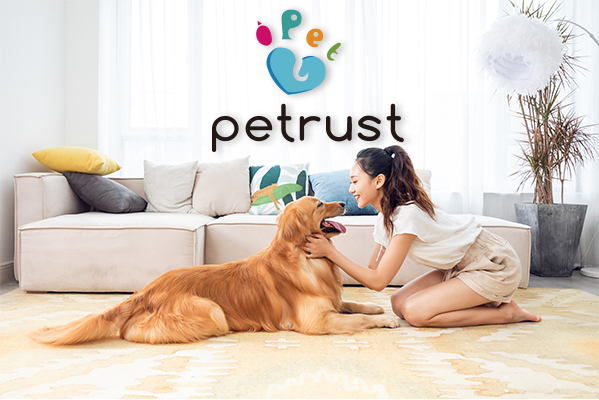ODM vs OEM for Pet Brands: What’s the Real Difference and How to Choose
Date: 2025-07-23 Categories: FAQ Hits: 236
ODM vs OEM for Pet Brands: What's the Difference?
Understand the pros, cons, and real use cases for building your smart pet product line.
As smart pet tech rapidly grows into a billion-dollar global market, many pet brands—especially those exploring feeders, fountains, or self-cleaning litter boxes—face a key decision:
👉 Should you choose an OEM or ODM manufacturing model?
Let’s explore the difference and what's best for your business.
What is OEM?
OEM (Original Equipment Manufacturer) means the factory produces products based on your own specifications—you design the product, they manufacture it.
Best For:
Brands with in-house engineers and product teams
High customization and technical control
Unique, patentable features
Challenges:
Requires investment in design and tooling
Longer development and testing cycles
Higher risk if market response is uncertain
Related Reading: OEM Manufacturing Explained – Investopedia
What is ODM?
ODM (Original Design Manufacturer) means the factory already has a product solution, and you can customize it with your logo, packaging, app theme, etc.
Best For:
New brands or fast market entry
Lower R&D costs and risks
Short time-to-market
Challenges:
Limited core-level customization
Non-exclusive designs (unless negotiated)
Pet Market Insight: Euromonitor: Pet Tech Trends 2025 (Login Required)
Real Example: Tikpaws ODM vs OEM
Let’s say you want to launch a smart pet water fountain:
With OEM, you'd provide your own PCB layout, water pump specs, housing design, and companion app UI.
With ODM, Tikpaws offers a pre-engineered model like WF315 Smart Fountain — ready for white-labeling and minor customization.
⏱ ODM typically shortens time-to-market by 3–5x compared to OEM.
Tikpaws’ ODM products are already tested in multiple global markets and can be customized with your logo, packaging, and app theme—ideal for brands looking to launch fast and stay lean. For brands seeking long-term differentiation, our OEM team supports full-stack development, from PCB to firmware and app integration.
ODM vs OEM Comparison Table
| Criteria | OEM | ODM |
|---|---|---|
| Product Design | Buyer-designed | Factory-developed |
| Customization Flexibility | Full control | Limited to surface-level |
| Time to Market | 6–12 months | 2–4 weeks |
| Upfront Cost | High (design + tooling) | Low (MOQ-based) |
| Branding Options | Complete | Logo, app skin, packaging |
| Ideal For | Established brands | New brands & pilot launches |
Final Thoughts: Which One Is Right for You?
If you're testing the waters or scaling quickly, ODM is often the smartest first step.
If you're ready to invest in long-term brand control and IP, OEM delivers full customization—but requires more capital and time.
At Tikpaws, we support both models—offering ODM kits with proven technology and OEM services powered by our in-house app, electronics, and mechanical R&D teams.
Want Advice or a Quotation?
Let's talk about your project goals and market.
Reach us at info@tikpaws.com or visit www.tikpaws.com to explore our manufacturing solutions.


